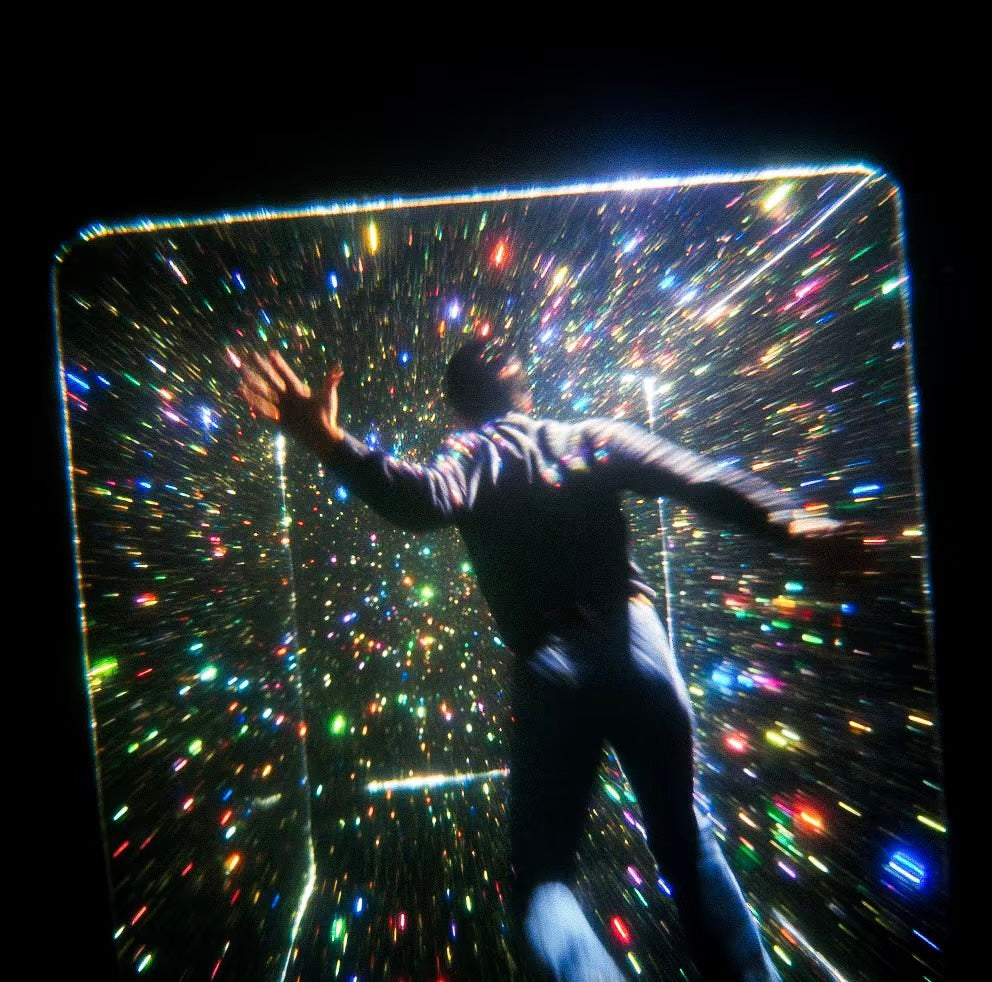
Pop Punk: Why This Rebellious Culture Is Back in Style
If you’ve noticed more oversized tees with bold prints, studded accessories, or gender-blurring outfits popping up on your Instagram feed, you’re not imagining it.
Pop punk is officially back.
What was once a niche subculture from the late ’90s and early 2000s is having a stylish revival—and this time, it’s louder, looser, and more inclusive.
Why Is Pop Punk Trending Again?
Pop punk always thrived in moments of cultural pushback. In today’s climate, where minimalism and clean aesthetics have dominated fashion for years, there’s a hunger for something raw, messy, and emotional. Younger generations are rediscovering the energy of pop punk—its unapologetic honesty and its rebellious, DIY spirit—through TikTok, nostalgic playlists, and a general backlash against “perfectly polished” fashion.
At the same time, mainstream brands are leaning into the nostalgia wave. That means graphic-heavy tees, distorted fonts, and distressed logos are now appearing not just in underground stores but also in mall retailers.
The result? Pop punk looks are accessible to a much wider audience than before.
The New Pop Punk Silhouette
Back in the early 2000s, pop punk outfits leaned slim and fitted—think skinny jeans and shrunken band tees.
Today, the silhouette has shifted. Oversized hoodies, slouchy cargos, and boxy T-shirts dominate, paired with chunky sneakers or skate-inspired footwear.
This relaxed approach isn’t just about comfort; it also reflects how youth culture is moving away from rigid gender norms. Unisex sizing and gender-fluid fits are a defining feature of this revival.

Clothes are intentionally ambiguous—what matters is the attitude, not whether something was designed for “men” or “women.”
(If you’re curious about how these oversized pieces are produced, check out our garment production in Vancouver to see how high-quality streetwear silhouettes come to life.)
Fabric Choices: From Rough to Refined
Earlier pop punk fashion was all about cheap cotton tees, distressed denim, and DIY customization—markers of its underground, anti-establishment ethos. The new wave still loves cotton for its comfort, but you’ll also see:
- Heavier-weight jersey fabrics for T-shirts, giving them structure and durability.
- Fleece and brushed cotton for hoodies, catering to both softness and volume.
- Technical blends creeping in—stretch denim or polyester mixes—for performance and longevity.
This shift mirrors how pop punk is no longer just about rebellion; it’s about blending style with wearability for everyday life.
What Has Changed at the Core?
The heart of pop punk hasn’t disappeared—it’s still emotional, messy, and charged with feelings of alienation. But the narrative has matured. Instead of pure angst, the new pop punk often mixes irony and playfulness. It’s self-aware, less about rejecting society completely and more about carving out authentic space within it.
That explains why so many bright colors, playful patches, and mixed-media prints are showing up in 2020s pop punk fashion. The message is: we can be rebellious and still have fun.
Mixing and Matching: Accessories on the Rise
One of the most exciting shifts is how pop punk styling has become a playground for mix-and-match accessories. Think:
- Chains layered over pearls
- Beanies paired with spiky jewelry
- Canvas belts next to luxury handbags
These combinations blur class and gender boundaries, creating a “no rules” energy. It also means we can expect accessories to become even bigger players in the scene. From statement rings to oversized tote bags, the pop punk revival thrives on maximalism.

Want to explore pieces that can flex between casual rebellion and everyday wear? Browse our full collection for versatile staples you can style your way.
The Future of Pop Punk Style
Where is this all headed? Expect more gender-fluid influences, with skirts, kilts, and mesh tops incorporated into pop punk looks for all genders. We’ll likely also see a fusion with other subcultures—grunge, rave, and even cottagecore—blurring lines between rebellion and softness.
Ultimately, the revival proves that pop punk isn’t locked in the past—it’s adaptable, emotional, and endlessly reinventable. In a world that feels increasingly curated and algorithm-driven, its imperfections are exactly what make it feel alive.
✨ Pop punk has always been about finding your own rhythm against the mainstream. The fact that it’s trending again shows that rebellion never goes out of style—it just changes its look.
